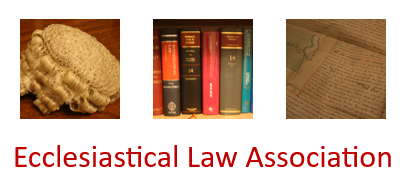The cremated remains of the petitioner's son, a former Royal Marine, had been interred in an area of the churchyard set aside by faculty for the interment of cremated remains. The faculty stated that any interment may be marked by "a ledger stone or vase block". The churchyards regulations provide that "any burial without a headstone may have a horizontal stone ledger 9 inches (or 225mm) square, set flush with the turf." The petitioner wishes to have a headstone, measuring 20" wide by 12" high and 2" deep, on a base plinth, with a horizontal stone ledger measuring 3 feet by 2 feet. Very extensive inscriptions were proposed.The Chancellor was not prepared to grant a faculty, but indicated that he might be prepared to authorise a compromise proposal, in accordance with further advice from the Diocesan Advisory Committee.

